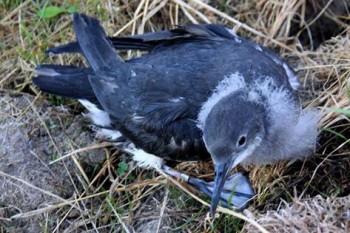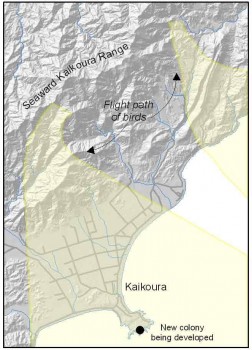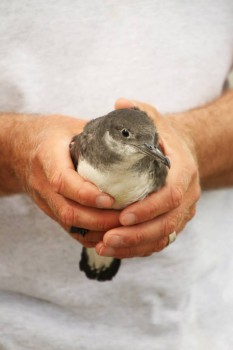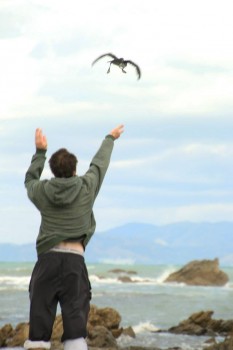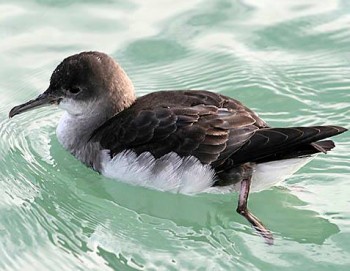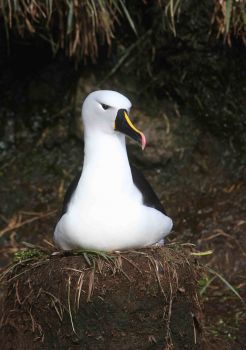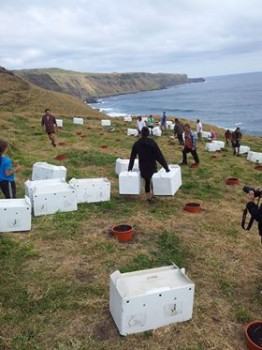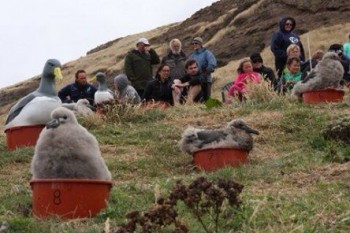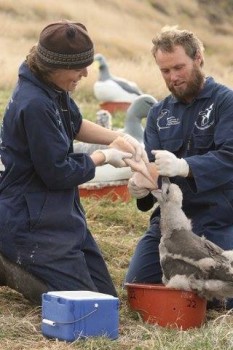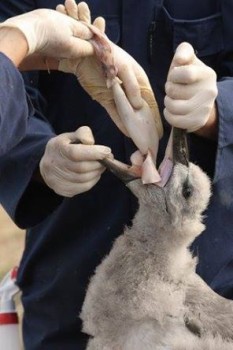Grant Harper (Biodiversity Restoration Specialists, St Arnaud, New Zealand) and Nancy Bunbury have published a review paper in the open-access journal Global Ecology and Conservation on the biology and impacts of three species of introduced rats Rattus spp. on tropical islands. The paper identifies 10 species of procellariiform seabirds, mainly gadfly petrels Pterodroma spp. and shearwaters Puffinus spp., but also including Black-footed Phoebastria nigripes and Laysan P. immutabilis Albatrosses, as impacted.
No storm petrels Oceanitidae are listed in the review despite their presence on some islands considered tropical in the review (e.g. Tristram’s Storm Petrel Oceanodroma tristrami on French Frigate Shoals, Kure Atoll and Laysan Island in the North Pacific), perhaps because of the paucity of studies.
The paper’s abstract follows:
“The three most invasive rat species, black or ship rat Rattus rattus, brown or Norway rats, R. norvegicus and Pacific rat, R. exulans have been incrementally introduced to islands as humans have explored the world’s oceans. They have caused serious deleterious effects through predation and competition, and extinction of many species on tropical islands, many of which are biodiversity hotspots. All three rat species are found in virtually all habitat types, including mangrove and arid shrub land. Black rats tend to dominate the literature but despite this the population biology of invasive rats, particularly Norway rats, is poorly researched on tropical islands. Pacific rats can often exceed population densities of well over 100 rats ha−1and black rats can attain densities of 119 rats ha−1, which is much higher than recorded on most temperate islands. High densities are possibly due to high recruitment of young although the data to support this are limited. The generally aseasonally warm climate can lead to year-round breeding but can be restricted by either density-dependent effects interacting with resource constraints often due to aridity. Apparent adverse impacts on birds have been well recorded and almost all tropical seabirds and land birds can be affected by rats. On the Pacific islands, black rats have added to declines and extinctions of land birds caused initially by Pacific rats. Rats have likely caused unrecorded extinctions of native species on tropical islands. Further research required on invasive rats on tropical islands includes the drivers of population growth and carrying capacities that result in high densities and how these differ to temperate islands, habitat use of rats in tropical vegetation types and interactions with other tropical species, particularly the reptiles and invertebrates, including crustaceans.”
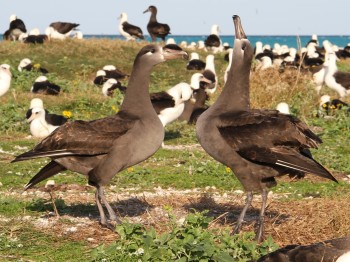
Black-footed and Laysan Albatrosses, photograph by Pete Leary
References:
Harper, G.A. & Bunbury, N. 2015. Invasive rats on tropical islands: their population biology and impacts on native species. Global Ecology and Conservation 3: 607-627.
McClelland, G.T.W., Jones, I.L., Lavers, J.L. & Sato, F. 2008. Breeding biology of Tristram's Storm-petrelOceanodroma tristrami at French Frigate Shoals and Laysan Island, Northwest Hawaiian Islands. Marine Ornithology 36: 175-181.
John Cooper, ACAP Information Officer, 24 March 2015

 English
English  Français
Français  Español
Español 